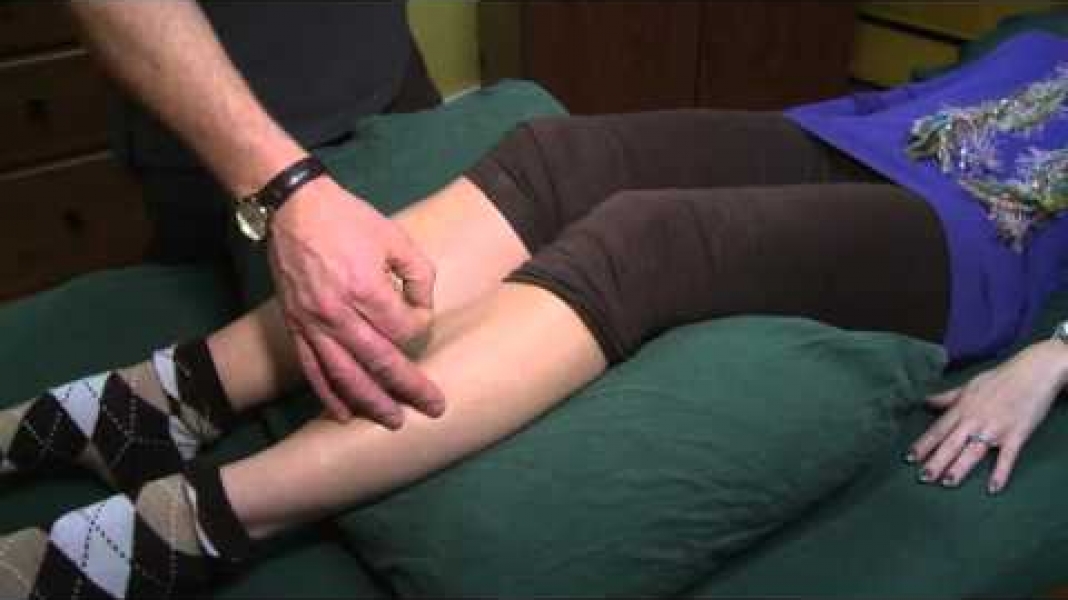
Understanding Chronic Low Back Pain: This article will help explain the nature of chronic back pain, and show how acupuncture can help get you back on track. Although many cases of lower back pain are self-limiting and get better on their
own, they often develop into a chronic problem. These account for a huge proportion of healthcare expenditures and reduced productivity and quality of life.
Sometimes back pain can be related to a specific injury, but more often than not, the actual moment of injury is trivial, such as in bending over, twisting, or otherwise putting a rather “normal” strain on your back. From this perspective, the majority of times when you “put your back out”, it is “the last straw on the camel’s back” that makes it yield to the load. It is the result of the myriad little traumas and subsequent postural distortions accumulated over the years in your low back, pelvis and hips.
The pelvis represents an amazing centre for forces to be transmitted between the head and torso above to the legs below. The curvature of the low back (and neck) is unique to bipedal species like us humans. This design serves as a great shock absorber allowing us to walk vertically with a relatively smooth, non-jarring motion. The drawback to a curved spine is that it is particularly vulnerable to damage, especially when wear and tear of joints, muscles and sinews put the spine, pelvis and hips out of whack.
A sedentary lifestyle can create weaknesses in muscles and loss of flexibility causing postural quirks and imbalances. Even for those who do get exercise routinely, in can be in the context of unhealthy extremes of being relatively inactive for most of the day and then trying to get exercise in all at once at the end of the day or on weekends. The low back/hip postural problems that build up over time make us vulnerable to tightening and weakening of key postural back and hip muscles. This sets the stage for soft tissue strains in associated muscles, sinews and ligaments when you do a workout, and ultimately intervertebral disc degeneration in the spine and significant pathologies in pelvic structure.
How Acupuncture Can Help? To treat lower back pain, the extent, location, and quality of the pain is determined. Aside from acknowledging all medical history and diagnoses provided, I perform a physical assessment to measure any misalignment of the spine, pelvis, and hips. I then do specific muscle strength, range of motion, and orthopedic assessments to account for muscle-sinew abnormalities that could be related to the pain directly or indirectly. Often many of the low back and hip muscles are contracted or weakened to protect the actual area of damage or inflammation, and the acupuncturist can identify patterns of holding that need to be released before healing can commence.
Although it is understood that acupuncture needles cause a remote release of endorphins in the spinal cord and brain to reduce pain, the ultimate significance of the needles is something more fundamental. When a needle is inserted into a tight muscle or sinew at special locations called motor points, the whole associated tissue train can be relaxed. When properly used, acupuncture can break the vicious cycle of spasmed muscles and tight tissues associated with low back pain. Over-contracted, strained, tight muscles relax to restore both blood flow and a more natural posture that requires less compensatory “holding and protecting” from other muscle groups.
This sets the stage for a return to more efficient movement and the possibility of the patient restructuring the tissue during recovery through proper rehabilitative exercises. Continuing life or training without addressing the postural imbalances can in effect “fix” even further the postural distortions which predispose the patient to further injury.




